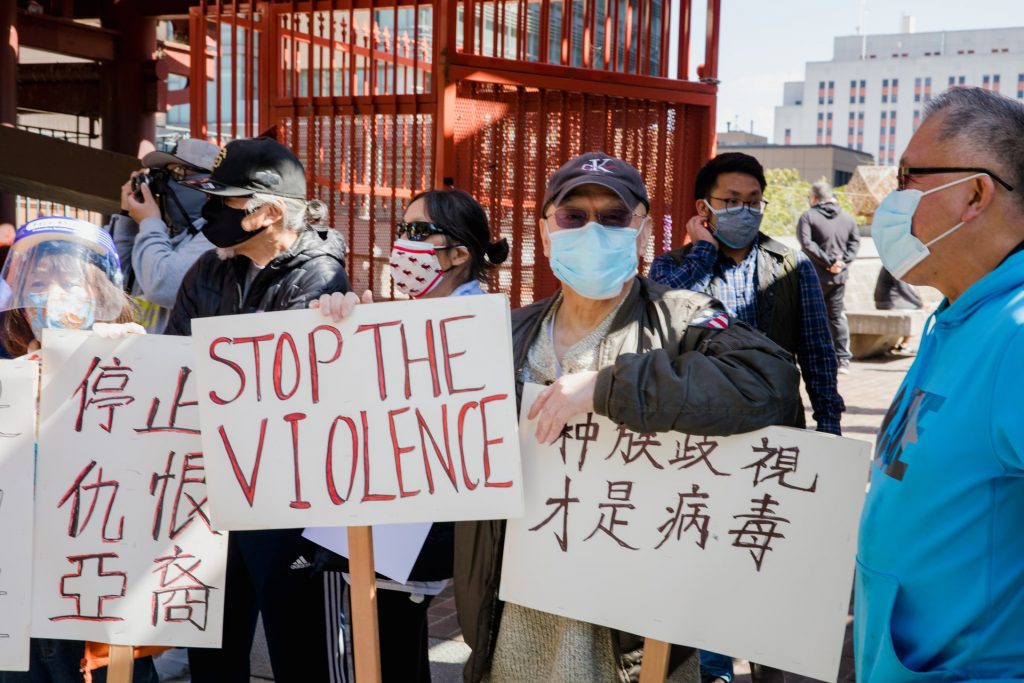A Micro Syllabus on Asian American Experiences and Politics
Un-modeling the ‘model minority’ — a term often used to describe Asian American populations in the United States — is a crucial and necessary step towards undoing the systemic racism within communities nationwide and acknowledging the “immense diversity” and complexity inherent to Asian American communities.
“Asian Americans have a complicated place in the U.S. racial structure,” notes a recent article in the Washington Post, “including how this group looks at affirmative action, racial threat and discrimination, and racial coalitions.” That aerticle reports on a micro-syllabus released by publisher Taylor & Francis focused on the growing body of research that studies the Asian-America and Pacific Islander, or AAPI, populations alongside other groups of color. The AAPI population is “too diverse to expect a high degree of political uniformity, and deep internal political divides may [still] be developing today.”
A large percentage of AAPI populations are immigrants, making transnational considerations important. Additionally, it is worth acknowledging the level of coherence that does exist within such communities in the face of its cultural diversity. The syllabus also examines how this coherence might be conceptualized and how Asian American experiences of marginalization occur within the greater context and pattern of racial politics in the United States. Learning about present day experiences of marginalization can be further contextualized in relation to the hostility, violence, and legal exclusion experienced by earlier generations of Asian Americans. Readings by Roger Daniels, Ronald Takaki, Sucheng Chan, Mae Ngai, Beth Lew-Williams, and Erika Lee offer greater insight on past experiences.
The Asian American experience cannot be understood without the addition of past research that has laid the foundation for understanding Asian American marginalization and subsequent political behavior today. As the Post article relates, in 1986, Don Nakanishi published a seminal research paradigm in which he categorized Asian American politics into four contrasting but intersecting dimensions. The American Political Science Association built upon that and recently published a review of more than two decades of research on Asian American politics, simultaneously celebrating the 20th anniversary of the Asian Pacific American Caucus.
Understanding Asian Americans requires taking a broad perspective, as these identities are shaped by historical and transnational forces that cross scholarly disciplinary lines. Political theorist Claire Jean Kim states that Asians have been triangulated in relation to Blacks and Whites, praised for socioeconomic achievements but also treated as “forever foreigners” who cannot assimilate. Thus, while this syllabus is just a start, understanding and studying the intricacies of Asian American experiences can help dismantle racial prejudices across American societies.







































































































